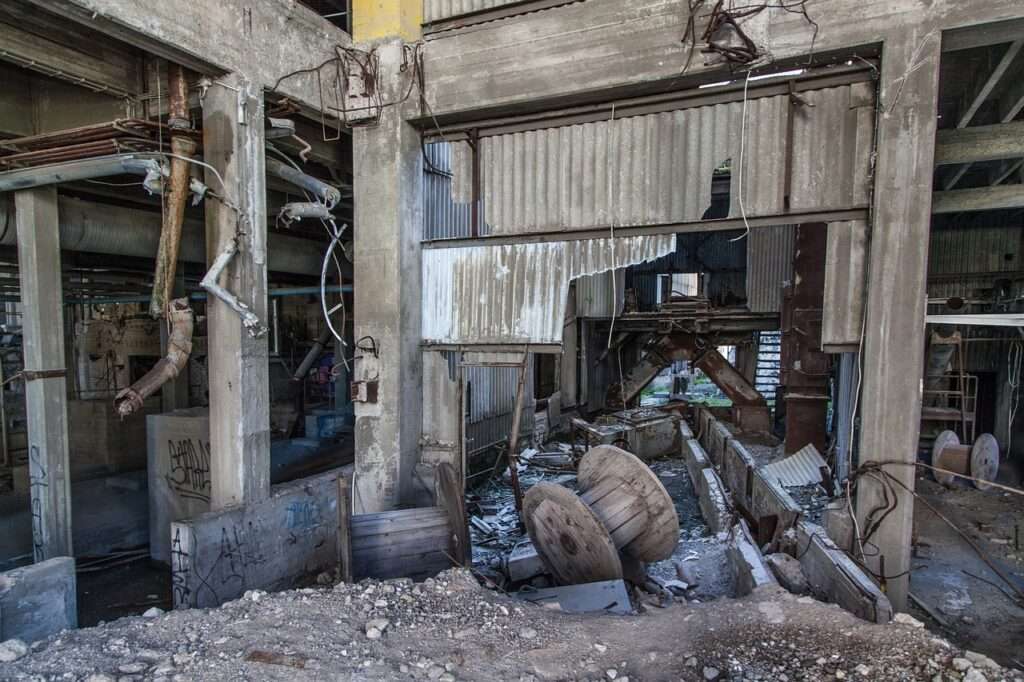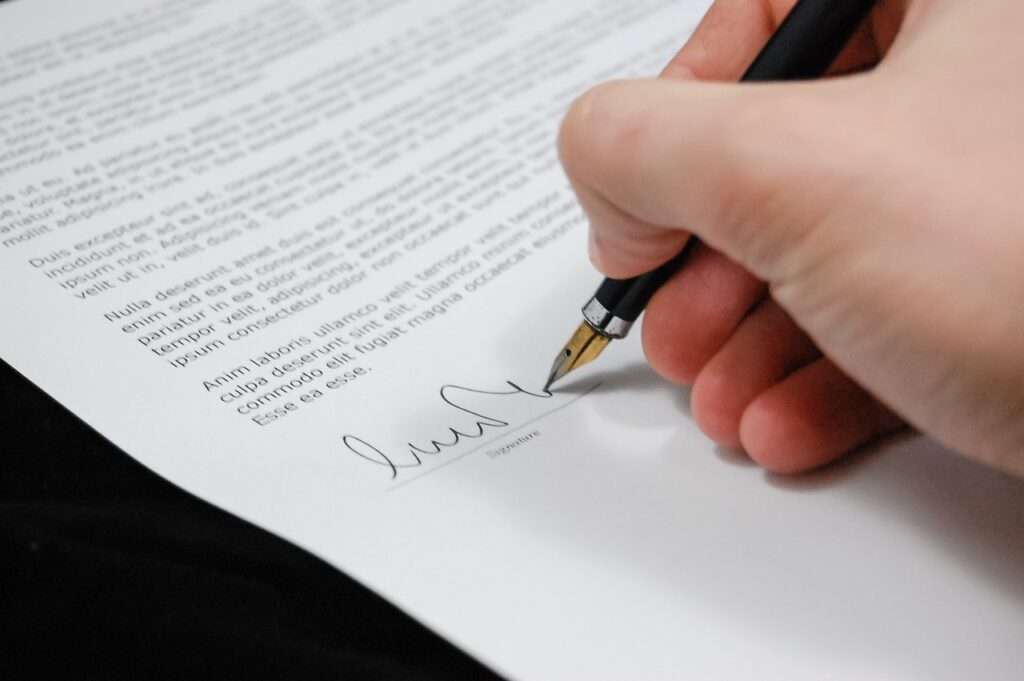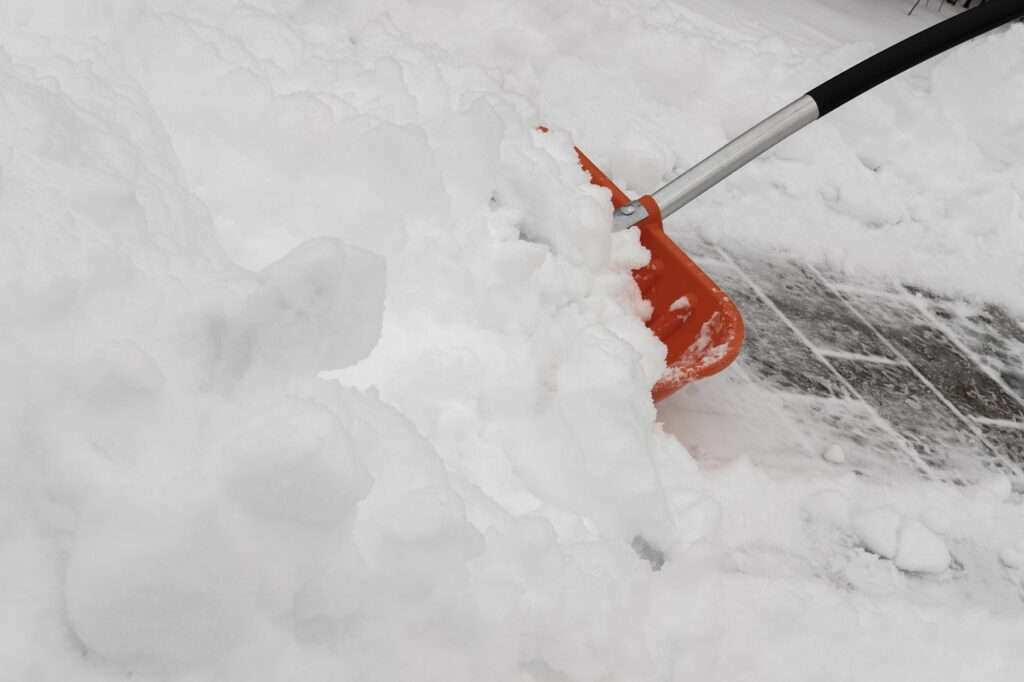Property Owners and Contractors in Massachusetts Liable for Injuries Caused by Building Code Violations
In Massachusetts, property owners, business owners, and contractors are legally responsible for ensuring their buildings, including commercial buildings like retail stores and parking lots, are safe. Failure to comply with state building codes can lead to dangerous conditions causing fall accidents and other serious injuries.
In Massachusetts, a plaintiff asserting a negligence claim must prove that “(1) the defendant owed the plaintiff a duty of reasonable care; (2) the defendant breached this duty; (3) damage to the plaintiff resulted; and (4) the breach of the duty caused this damage.” Brown v. United States, 557 F.3d 1, 3 (1st Cir. 2009) (citing Jupin v. Kask, 849 N.E.2d 829, 835 (Mass. 2006)). See Katz v. Golden Gate Nat’l Senior Care, LLC, Civil No. 16-11078-LTS, 6 (D. Mass. Jul. 8, 2019)
M.G.L. c.143, §51 imposes strict liability on injuries suffered by building code violations, which means the Plaintiff does not need to establish the defendants owed a duty of care and then breached that duty. The injured person just needs to establish that the dangerous condition was a building code violation and caused their injuries to be successful in their premises liability claim.
Strict Liability in Commercial Settings
As a general rule, M.G.L. c.143, §51 is limited to commercial properties defined as any place of “assembly, theatre, special hall, public hall, factory, workshop, manufacturing establishment or building.” More specifically, this includes a building where a large number of persons gather for “occupational, entertainment or other purposes.” Massachusetts Courts have concluded that the class of structures covered by §51 consists of “places of public or commercial use, places of assembly or places of work.” Sheehan v. Weaver, 467 Mass. at 742.
Example
For example, an individual suffered serious injuries after striking his head on a low hanging pipe while walking to his car in a parking garage. The parking garage was located on the ground level of a commercial property which had multiple medical and dental practices. A building code expert concluded that the low hanging pipe was in a means of egress for pedestrians and in violation of the building code which required a minimum clearance of 8 feet to ceiling height. In this circumstance, the injured party need only show a building code violation existed in a commercial building and caused their injuries. Once established, no further evidence of negligence need be shown and the injured party is only required to prove damages.
What are examples of Building Code Violations?
A building code violation is a breach of the regulations that govern the construction and maintenance of buildings. These regulations are designed to ensure the safety of building occupants. Some common examples of building code violations include:
- Unsafe stairways and railings
- loose or missing handrails
- uneven steps
- inadequate lighting
- Electrical hazards (electrical shocks and fires)
- Inadequate fire protection: Buildings must have proper fire protection systems, including smoke detectors, sprinklers, and fire alarms.
- Unsafe balconies or decks leading to collapse (substandard materials)
- Faulty elevators and escalators or failure to maintain them
- Locked or defective escape routes
- Inadequate Security Measures including faulty exterior door locks allowing a person to enter and assault another
- Old or defective gas lines and fittings that lead to explosions or fires
- Lack of non-skid surfaces on ramps or steps
- Unmarked construction areas
- A revolving door’s spin speed
M.G.L. c. 143, §51 is a powerful cause of action for injured individuals to utilize if violations of the building code exist. However, its important to note limitations of this Massachusetts law. Potential limitations include whether the defective condition or hazardous condition was “grandfathered in” and put in place prior to the adoption of the Massachusetts Building Code in 1975. Additionally, this rule only applies to certain types of commercial building where “a large number of people gather for occupational, entertainment or other purposes.” Sheehan v. Weaver, 467 Mass. 734, 743 (2014). Generally, it does not apply to a standard private residential structure or single-family houses.
If you have been injured in Massachusetts due to a potential building code violation, it’s important to understand your legal rights and speak with experienced premises liability attorneys that specialize in cases involving unsafe conditions, Massachusetts Building Codes, and negligent property owners. Property owners and contractors may be held liable for your injuries. For a free consultation of your personal injury claim, contact us by phone call or email through our contact form.



